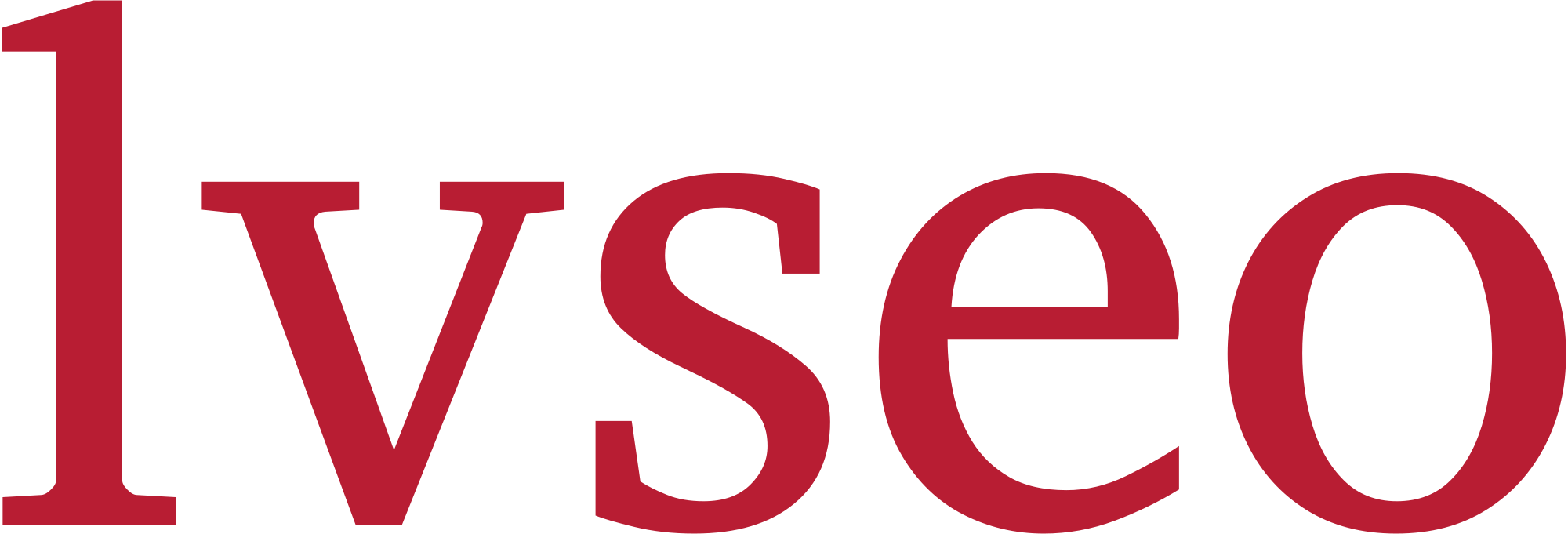On-page SEO and technical SEO are two critical components of a comprehensive search engine optimization strategy. While both aim to improve a website’s visibility and ranking on search engine results pages (SERPs), they focus on different aspects of the website and involve different techniques. Here’s a detailed comparison:
On-Page SEO
Definition: On-page SEO involves optimizing individual webpages to rank higher and earn more relevant traffic in search engines. This includes both the content and HTML source code of a page.
Key Elements:
- Content Optimization:
- Keyword Usage: Integrating relevant keywords naturally within the content, including in the title, headers, and body.
- Content Quality: Ensuring that content is informative, engaging, and valuable to the user. This includes using multimedia elements like images and videos where appropriate.
- Content Length: Creating comprehensive content that thoroughly covers the topic, as longer content often performs better in search rankings.
- Meta Tags:
- Title Tag: Crafting a compelling and keyword-rich title tag that accurately describes the page content.
- Meta Description: Writing a concise and engaging meta description that includes relevant keywords and entices users to click.
- Header Tags (H1, H2, H3, etc.):
- Structure: Using header tags to structure content hierarchically, making it easier for search engines and users to understand the content.
- Keyword Placement: Including keywords in headers to signal the main topics covered in the content.
- URL Structure:
- Readability: Creating clean and descriptive URLs that include relevant keywords.
- Hierarchy: Reflecting the site’s content structure in the URL hierarchy.
- Internal Linking:
- Navigation: Linking to other relevant pages within the website to help users navigate and discover more content.
- SEO Benefits: Distributing page authority and ranking power across the site.
- Image Optimization:
- Alt Text: Adding descriptive alt text to images to help search engines understand the content of the images.
- File Names: Using keyword-rich and descriptive file names for images.
Technical SEO
Definition: Technical SEO involves optimizing the technical aspects of a website to improve its crawling and indexing by search engines. This ensures that search engines can access, crawl, interpret, and index the website efficiently.
Key Elements:
- Website Speed:
- Page Load Time: Optimizing page load speeds to improve user experience and search engine rankings. Techniques include compressing images, leveraging browser caching, and minimizing CSS and JavaScript.
- Core Web Vitals: Focusing on metrics like Largest Contentful Paint (LCP), First Input Delay (FID), and Cumulative Layout Shift (CLS).
- Mobile-Friendliness:
- Responsive Design: Ensuring the website is mobile-friendly and provides a good user experience on all devices.
- Mobile-First Indexing: Making sure the mobile version of the site is fully optimized, as Google predominantly uses the mobile version for indexing and ranking.
- Site Architecture:
- Crawlability: Ensuring search engines can crawl the site efficiently, using a clear and logical structure, XML sitemaps, and a well-organized navigation system.
- Indexability: Making sure that important pages are indexable and not blocked by robots.txt or noindex tags.
- HTTPS:
- Security: Using HTTPS to ensure the site is secure, which is a ranking factor for Google.
- Schema Markup:
- Structured Data: Implementing schema markup to help search engines understand the content and context of the site, which can enhance SERP listings with rich snippets.
- Canonical Tags:
- Duplicate Content: Using canonical tags to prevent duplicate content issues by specifying the preferred version of a webpage.
- Error Pages and Redirects:
- 404 Errors: Handling 404 errors properly by creating custom error pages that help users find what they’re looking for.
- Redirects: Using 301 redirects to guide users and search engines to the correct page when a URL changes.
Summary
- On-Page SEO focuses on optimizing the content and HTML elements of individual webpages to make them more relevant and valuable to users and search engines.
- Technical SEO deals with optimizing the backend and technical aspects of a website to ensure search engines can crawl, index, and understand the site effectively.
Both on-page and technical SEO are essential for a successful SEO strategy. On-page SEO ensures that your content is relevant and engaging, while technical SEO ensures that search engines can access and index your content without issues. Together, they help improve your site’s visibility, ranking, and user experience.

